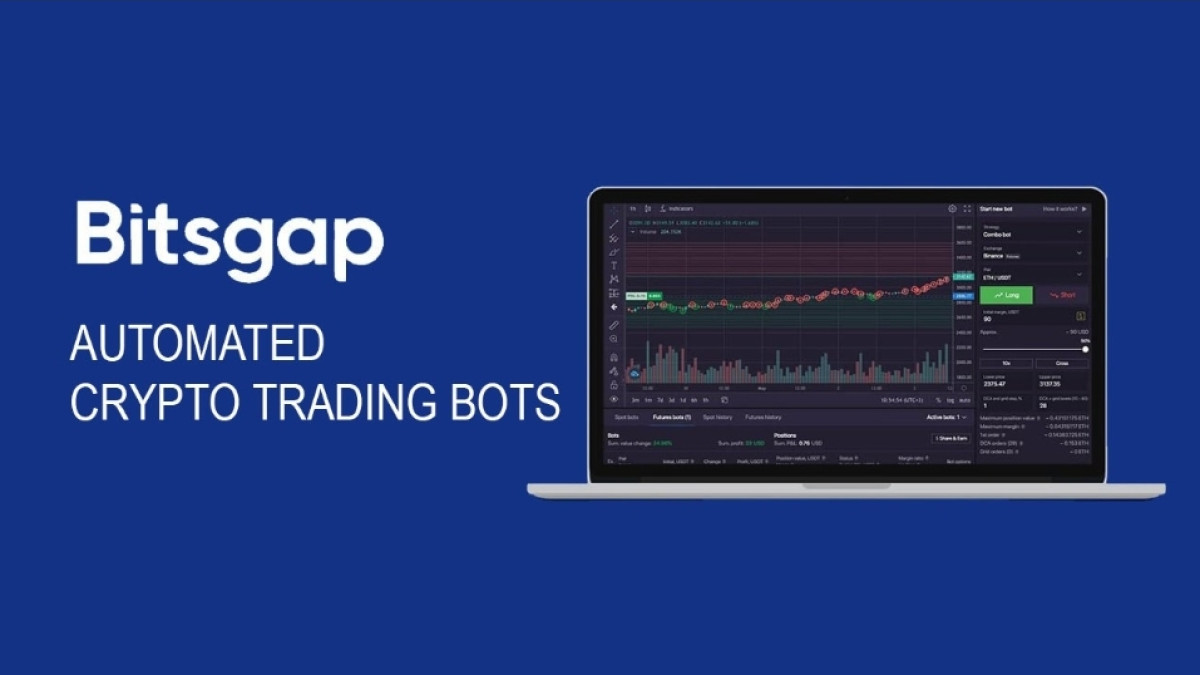Are you keeping up with the latest news about Ripple/XRP and the Hinman Test? Many experts now believe that the Hinman Test resulted in market manipulation, and the recent release of Hinman’s emails suggests that he ignored multiple warnings. As an investor or cryptocurrency enthusiast, it’s essential to stay informed about these developments to make informed decisions. In this post, we’ll delve deeper into the implications of Hinman’s actions and what they could mean for the future of Ripple/XRP.
 SIGN UP FOR A FREE 7 DAY TRIAL
SIGN UP FOR A FREE 7 DAY TRIALGET YOUR .CRYPTO DOMAIN AT UNSTOPPABLE DOMAINS
TRADE CRYPTO ON BINANCE HERE "LOW FEES"
Ripple/XRP-Hinman Test=Market Manipulation,Hinman Emails-Hinman Ignored Multiple Warnings
Introduction
You may have heard of the Hinman Test, a speech from the Securities and Exchange Commission (SEC) in 2018 that provided guidance on whether cryptocurrencies should be classified as securities. However, recent developments have raised questions about the validity of the Hinman Test and the SEC’s handling of the Ripple/XRP case. In this article, we will explore how the Hinman Test may have led to market manipulation and why the SEC may have ignored multiple warnings regarding its legal interpretation.
The Hinman Test and Market Manipulation
The Hinman Test is a set of guidelines that determines whether a digital asset is considered a security. While it was intended to provide clarity for the cryptocurrency market, critics argue that it has been manipulated to the benefit of certain companies.
One such company is Ripple, which has been embroiled in a legal battle with the SEC over whether its XRP token is a security. Ripple has argued that XRP is not a security and should not be subject to securities laws. However, the SEC has maintained that XRP is a security and has accused Ripple of conducting an unregistered securities offering.
Critics have pointed to the Hinman Test as the root of the problem. The test was used to determine that Ethereum, another cryptocurrency, was not a security. However, some have argued that the SEC’s interpretation of the Hinman Test has created a double standard that benefits Ethereum and harms Ripple.
Furthermore, some have suggested that certain individuals within the SEC may have had these biases in mind when creating the Hinman Test. If true, this would suggest that the test was not created to provide objective guidance, but rather to benefit certain companies in the cryptocurrency market.
Hinman Emails and Ignored Warnings
Recent revelations have raised further questions about the SEC’s handling of the Ripple/XRP case. Emails obtained through a Freedom of Information Act request show that William Hinman, the former director of the SEC’s Division of Corporation Finance, was in close contact with Ethereum’s co-founder Vitalik Buterin.
While it is not inherently suspicious for regulators to communicate with industry insiders, the content of the emails has raised eyebrows. In one email, Buterin appears to be coaching Hinman on how to talk about Ethereum, suggesting that it is not a security.
This suggests that the SEC’s decision to classify Ethereum as not a security may have been influenced by the views of industry insiders. Furthermore, critics have pointed out that the SEC did not follow its internal processes when making the decision to classify Ethereum as not a security, raising concerns that the decision was not based on sound legal reasoning.
Perhaps most concerning is the fact that the SEC may have ignored multiple warnings regarding the validity of the Hinman Test. In 2019, a group of legal experts and academics sent a letter to the SEC in which they argued that the test was not legally sound and could lead to market manipulation.
Despite this warning, the SEC continued to use the Hinman Test to determine whether cryptocurrencies are securities. This raises questions about the agency’s commitment to using sound legal reasoning in its decision-making processes.
Conclusion
The SEC’s handling of the Ripple/XRP case and the Hinman Test more broadly has raised serious questions about the agency’s commitment to objectivity and sound legal reasoning. While the cryptocurrency market has long struggled with regulatory uncertainty, recent developments suggest that the regulatory landscape may be more biased than previously thought.
FAQs
-
What is the Hinman Test?
The Hinman Test is a set of guidelines created by the Securities and Exchange Commission (SEC) to determine whether a digital asset should be classified as a security. -
Why is the Hinman Test controversial?
Critics argue that the Hinman Test has been used to benefit certain companies, leading to a double standard in the cryptocurrency market. -
What is the Ripple/XRP case?
Ripple, a cryptocurrency company, is being sued by the SEC over allegations that it conducted an unregistered securities offering. Ripple argues that its XRP token is not a security. -
What are the Hinman emails?
Emails obtained through a Freedom of Information Act request show that William Hinman, the former director of the SEC’s Division of Corporation Finance, was in close contact with Ethereum’s co-founder Vitalik Buterin. -
What is the significance of the Hinman emails?
The content of the emails suggests that the SEC’s decision to classify Ethereum as not a security may have been influenced by industry insiders, raising concerns about bias and the agency’s commitment to sound legal reasoning.
